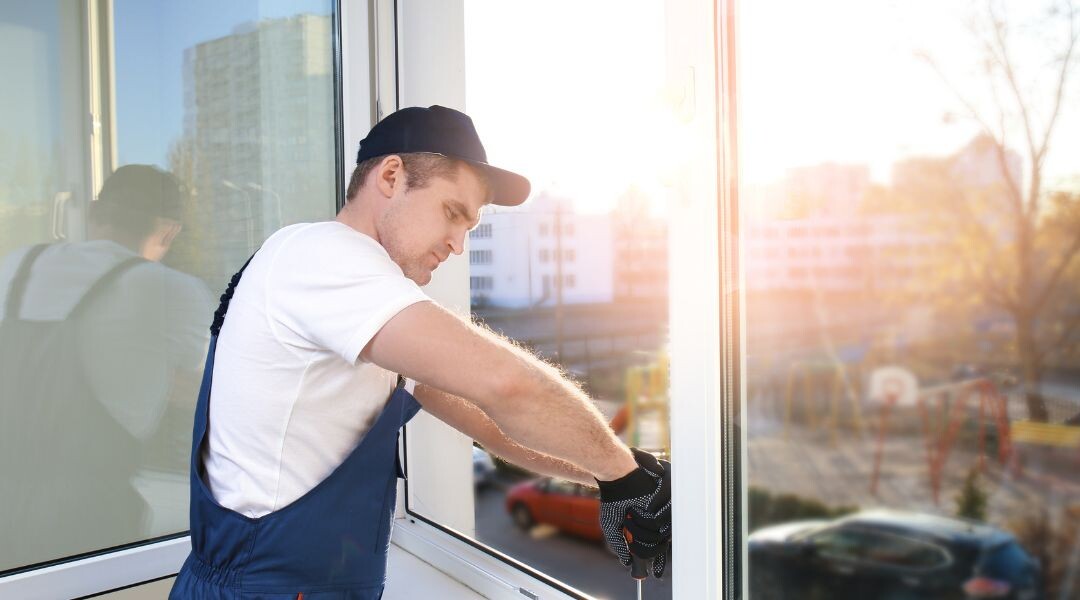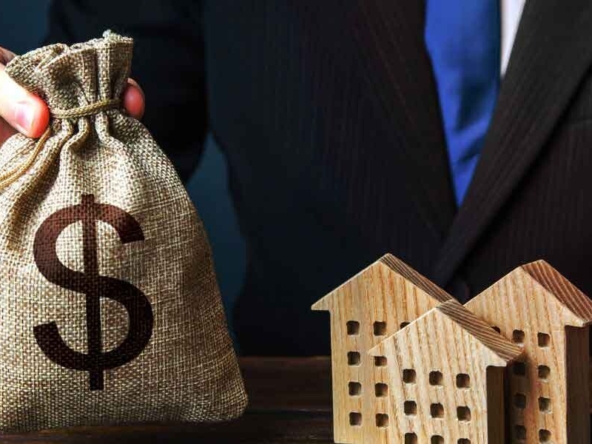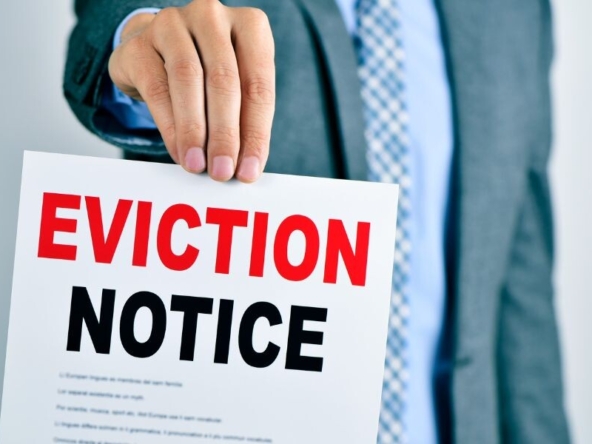As a rental property owner, you have to consider the upkeep and repair costs of your investment. It’s crucial for budgeting purposes to understand how much you should allocate for repairs each year. This is especially true as tenants often end up with wear-and-tear in common spaces or need assistance when something breaks down inside their units.
Understanding what expenditures will be expected can help ensure that all maintenance needs are taken care of and that tenants feel welcome in their homes.
Consult With a Property Management Company
It’s critical to have enough funds available to address any issues that may arise in your property, such as emergency repair expenses, replacement of capital investments (e.g., roof, HVAC), or general upkeep. With so many different strategies on how much you should save for these types of costs, it can be hard to decide which one works best for you.
One great way to make sure you’re prepared when unexpected costs come up is by consulting with a professional property management company that specializes in creating budgets tailored specifically to landlords’ needs. There are several advantages associated with working alongside professionals from the real estate industry.
Calculate Repair Costs for Your Rental Property
Landlords must look at the bigger picture when evaluating and understanding their property’s value over time.
The 5x Rule helps estimate maintenance costs over the course of a year. To apply it, simply multiply the monthly rent by 5. This will provide an estimated total cost for the year. To get a better idea of what to expect each month, divide this number by 12.
Additionally, there is a calculation used to estimate annual expenses referred to as “the square foot formula.” This used area measurements, and the equation is one dollar per square foot. For example, if you have a 1,800 sqft residence with a rental income of $1,000 per month, then the calculation would be 1,800 sqft x $1 = $1,800. That amount would then be divided by 12 months, which would equate to an approximate expense of $150 per month.
A comparison between these rules can lead to more realistic approximations of potential repair spending. The 50 percent rule is most preferred, while other methods also seem fairly consistent, ranging from $125-166 dollars depending upon actual rental incomes. However, it may pay more dividends to plan ahead and estimate repair cost expectations higher than lower, so financial surprises are kept minimized!
Important Factors to Consider When Budgeting for Repairs
To ensure that you stay ahead of repairs, develop a strategy and execute it properly. One way to do this is by creating an emergency fund specifically for unexpected maintenance needs or other related costs, such as remodeling or unforeseen vacancies in your rental units. The amount should be dictated by the size of the property (i.e., single-family homes versus apartment buildings), its condition, location, and urban infrastructure investment trends like gentrification/revitalization initiatives.
A two-family home may need to set aside anywhere from $500 to $2K each year. This amount depends on factors like the age of building materials used for construction and market conditions that influence demand for housing and accessibility improvement projects. Older constructions are subject to more natural wear and tear over time compared with newer constructions typically seen downtown within the same city limits. This can significantly drive up repair costs.
It could also make sense to consider investing some money into preventative measures such as proper water drainage systems around your residence, so risks associated with flooding damage are less likely to occur anytime soon. Better insulation against extreme weather conditions, if applicable since these effects will reduce electricity consumption even further while keeping tenants’ comfort levels at optimum levels too!
Another sensible idea would be to set rules proactively prior to tenants’ move-in date regarding shared responsibility, for instance, replacing lightbulbs regularly to keep the overall look aesthetically pleasing inside and out at all times. Long-term goals can be achieved through simple means otherwise ignored but very much relevant concept-wise.
Understanding the Risk and Benefits of Maintenance Reserves
In addition to the strategies above, landlords can also create a maintenance reserve fund. This is an account that sets aside money for emergency repairs and unexpected costs associated with owning a rental property. As a landlord, it’s important to have at least six months of expenses saved up in this emergency fund just in case something goes wrong or needs replacing immediately.
If you ever decide to sell your property, having extra cash will make life much easier. This is because you may need to do large-scale repair work quickly before listing it on the market. With the extra cash, you can make those last-minute changes while also ensuring all necessary repairs are taken care of properly. This will save both time and money down the line!
When budgeting for long-term capital expenditures, such as roof replacements or HVAC system replacements, you should set aside extra funds. These items can cost thousands of dollars, so having this additional money will ensure that you’re not stuck paying out-of-pocket when they inevitably require attention over their lifetime.
And don’t forget insurance policies such as general liability coverage, too. Often overlooked by new landlords but valuable nonetheless, covering any potential damages caused during tenant occupancy (and possibly offsite) due to legal issues arising from inadequate preparation being made prior to move-in day. It pays itself back very quickly should mediation be needed between tenants/lawyers following disagreements about tenancy conditions set forth earlier.
Developing an effective budget plan for repairs will help ensure landlord success well into the future, regardless of what unexpected disasters may come along the way.
Allocate enough money upfront so there will never be surprises down the road. Don’t forget to monitor regular upkeep tasks like plumbing inspections, changing air filters regularly, etc., since they take up less cost than bigger issues that often arise without notice! Well-prepared landlords always make sure their monthly income covers potential emergency scenarios as uncomfortable predictions.
Budgeting for rental property repairs and maintenance is key to keeping your tenants satisfied with their homes. At Local Dwelling, we strive to provide an optimum living experience that meets all of our tenants’ needs. As a responsible landlord, it’s important that you take proactive steps in budgeting for appropriate repair costs so any issues can be quickly resolved, reducing the risk of causing further damage or disruption down the line.





